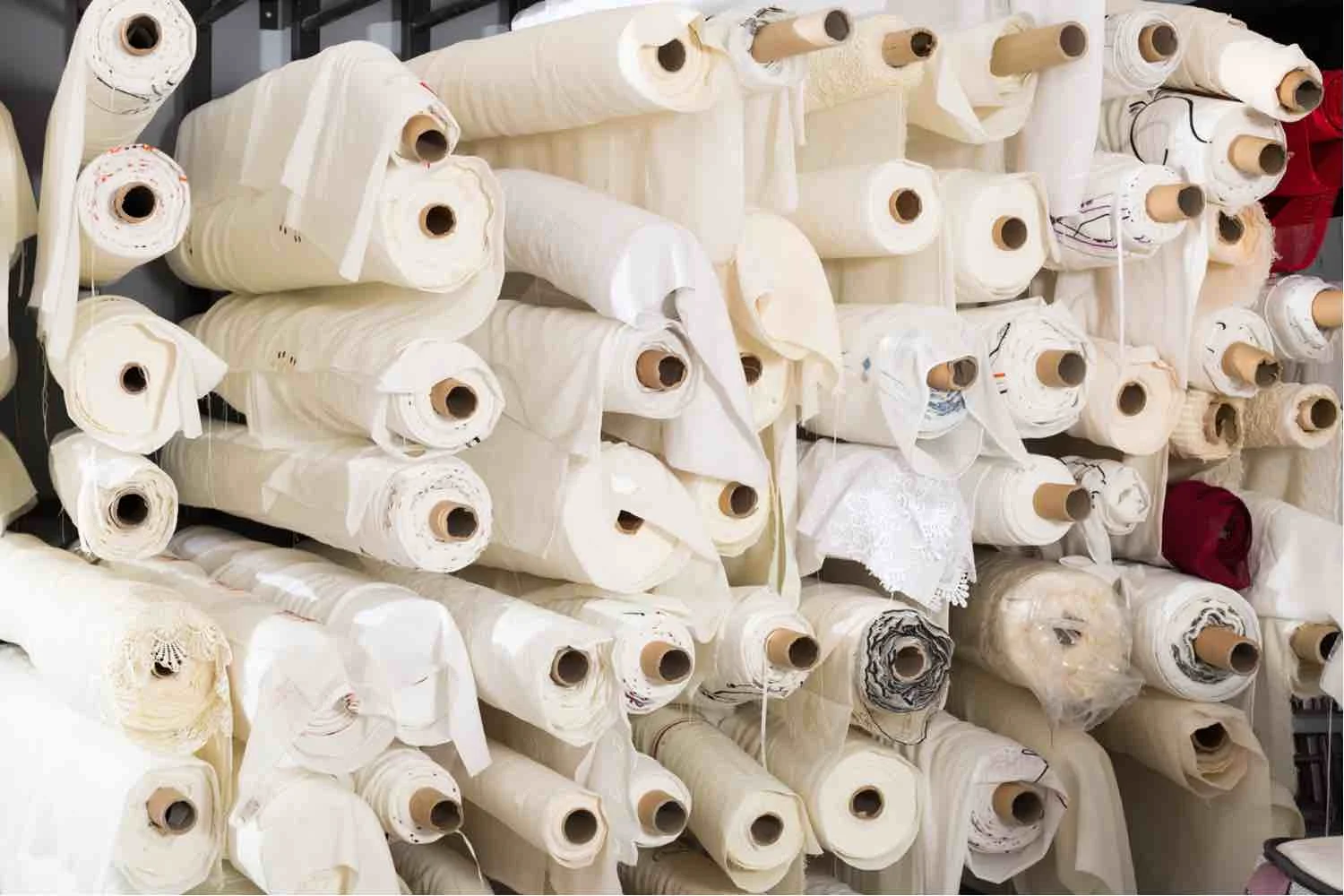Sustainability: So What, Who Cares & How To
Time to read: 8 minutes
Most consumers are skeptical and no longer trust big brands, just look at the news and social media. Market crashes, scandals and crises in every industry occur every day.
Consumers want businesses to serve society and make our lives easier… and not just in Western markets. The 2012 Edelman Good Purpose report surveyed 8,000 consumers in 16 countries. 80% of Chinese respondents and 71% of Indian respondents said they were willing to pay a premium for brands with a sustainable commitment. Compared to 28% in the UK and 40% globally.
“If you’re still seeing your business essentially as a giant factory producing outputs, instead of as a system that creates real, positive human outcomes—you’re stuck in the industrial age, while the rest of the world, especially your customers, are beginning to take a quantum leap into the human age—an era where a life meaningfully well lived is what really counts.”
An Oxford University study found links between “thoughtful and sustainable business practices” to economic performance and stock price. Another Harvard Business Review study in 2012 found resource efficient businesses were linked to higher investment returns.
Over the next 10-15 years there may be more than a billion extra people living on our planet. They will all need something to wear... despite the earth’s depleting resources, an exploited workforce and our unending consumption. Take this as an opportunity to lead!
What is Sustainability?
There is no 1 definition to sustainability for the apparel and textile industries. Usually, the term is broken down into two categories. Environmental concerns and social concerns. Here is a rundown of the key issues at play.
Social Issues:
Forced labour
Child labour
Working conditions
Fair wages
Purchasing practices
International development
Craftsmanship preservation
Environmental Issues:
Waste
Water
Energy
Toxic chemicals
Animal welfare
These problems are highly complex and don’t always have an obvious solution. Unfortunately, no brands can solve all these simultaneously. Often, 1 solution to a certain problem can conflict with a secondary problem. For example, international development vs made locally. Organic natural materials vs recycled synthetic materials. There’s no object right and wrong! You have to establish your own priorities.
Pick just one or two topics to focus your efforts on. Have a think about which environmental or social issue means the most to you? Which would also resonate with your customers? What are your values? What does your customer value?
Photo by Charles Etoroma on Unsplash
How to be More Sustainable
There are many areas of business that you can apply sustainability to. Think of the values you’ve just identified. Which issues do these translate to? How can you apply these to different aspects of your business model?
You could apply sustainability to:
Sourcing materials
Design
Development / technical design
Manufacturing
Recycling and waste
Managing vendor relationships
PR and communications
Business structure
When sourcing, think about where your materials come from and what are they made of. What is the fiber composition? How are they made and where? What are the processes and steps that happen before the finished materials are available at your sewing factory?
The design decisions you make in the very beginning of product development and throughout the production process... these can have a huge impact on the people making your products, the way people use your product and how your product impacts the environment. Even small things like stitches or the way a pattern is cut, will influence how your product is used, cared for and disposed of.
“Up to 80% of a garment’s environmental impact is defined by choices made in the design process.”
Some more sustainable design techniques include; local crafts preservation, design for longevity, design for disassembly, up-cycling and zero waste pattern cutting.
Tech packs are a great tool for applying sustainability to your development process. Detailed documentation of your design can reduce material and resource consumption. They can directly and indirectly cut costs, plus eliminate unnecessary waste.
Manufacturing is another area with many avenues for sustainability. How is the energy efficiency, water and other resource usage? What are the human costs associated with your production? Are people paid well, are the working conditions safe, what are the hours? Is there a union? What certifications does the facility have?
Adding sustainability to your legal business structure is also a option for some. There are many charitable forms available for businesses... whether that is setting up as a non-profit, donating to another charity, or making use of trusts and partnerships. Also consider a co-op or mutual business structure, where all employees own a stake in the business.
Some countries now have a social enterprise business categorization. This is for organizations that apply for-profit strategies, to maximize improvements in social and environmental well-being. These are sometimes known as benefit corporations, mutual organizations, or social purpose businesses. Seek the appropriate legal advice about which of these options, if any, are best for you.
Planning for Sustainability
While taking the course “How to Build a Sustainable Fashion Business” at FutureLearn. I learnt the process for creating your very own ‘sustainability road map’. This is an evolving document that outlines your values, activities and stakeholders. You can also use it to track your progress over time.
Your sustainability plan must include:
1. 3-5 areas where you can make the most impact.
Make each goal time specific
Make each goal quantifiable and therefore measurable.
2. Your stakeholders, their needs & how they will help you
Who is involved with these activities
What do they need or want from you
How will they help you achieve this vision
3. What strategies will help you achieve each goal?
Break each strategy down into specific activities that you can practice. What actions will get you to your goal?
Add your specified actions to your to-do list to tick off. Add these items into your calendars, gantt charts and production plans.
Make sure each goal is quantifiable and keep track of how you are measuring up.
For some wonderful examples of this in action, check out; Eileen Fisher, Reformation and Patagonia.
Sustainability: Recommended further reading
By the numbers: The impacts of fast fashion, Eco-Business
The Sustainable Fashion Toolkit, PWC
The True Cost Documentary
To Die for: Is Fashion Wearing Out the World? by Lucy Siegle
Toxic Threads Report, Greenpeace











Author Bio
Tech Packs Co founder Belinda is a technical fashion designer from London, now based in Los Angeles. Belinda had her first job in fashion at the age of 15, fixing swatch cards together. Since then, Belinda has been designing & creating tech packs for more than a decade... for household name brands and independent designers alike.